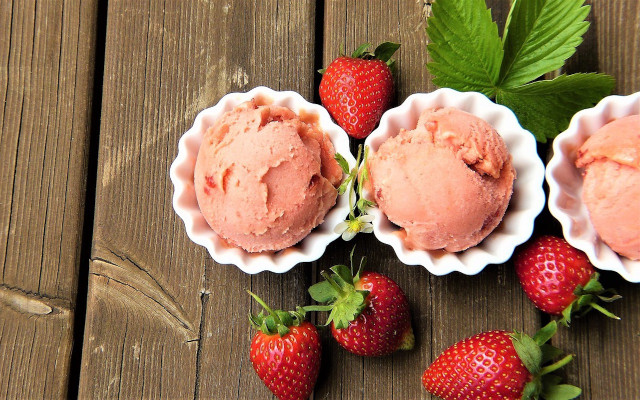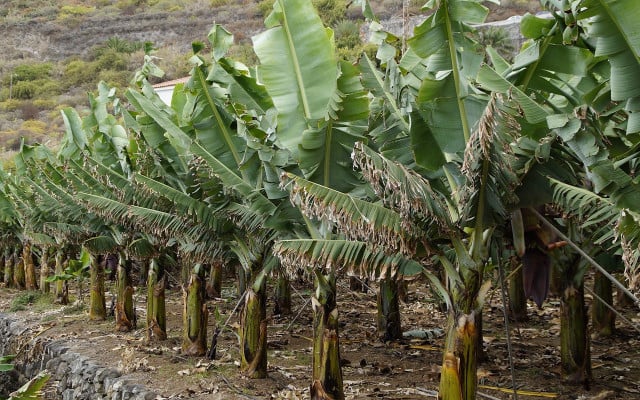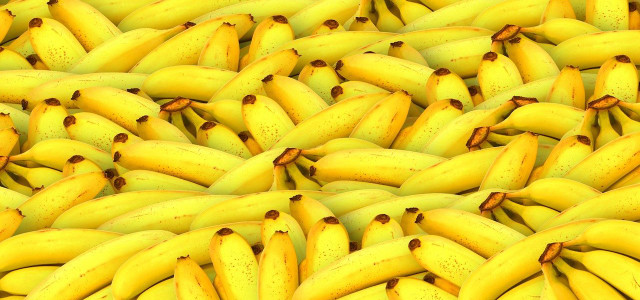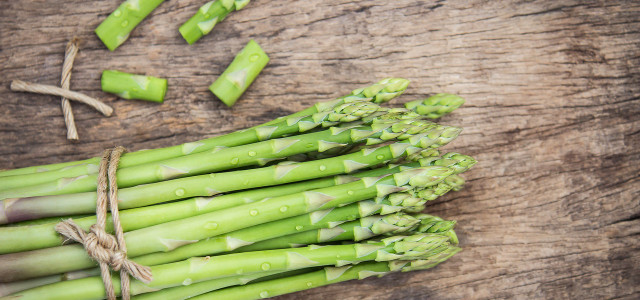Have you let your bananas get too brown to eat, again? Don’t throw them away! By freezing the bananas you can avoid food waste and you’ll always have frozen bananas on hand to make tasty treats. We’ll show you how to freeze bananas properly, and how to use frozen bananas to make delicious desserts. You’ll wonder how you ever got by without them.
Freezing Bananas
Freezing bananas is simple. The most important thing to remember is that the bananas should not be unripe. The riper and browner they are, the better.
Before freezing your bananas, you can:
- slice them
- purée them
- leave them whole
You should choose the way you cut the bananas according to how you want to use them later.
Step-By-Step: How to Freeze Bananas
- Peel the bananas.
- Cut the bananas into slices, purée them, or leave them whole.
- To prevent banana slices from sticking to each other, you can freeze them spread out on a plate and fill them into a jar, lunchbox or ziplock bag afterwards.
- Add a squeeze of lemon juice to puréed bananas to prevent them from changing color. Fill puréed bananas into a clean jar and freeze.
Okay, you have frozen bananas. Now what?

So now you know how to freeze bananas to save them from the waste bin. But what can you use your frozen bananas for?
Frozen bananas are extremely versatile. Here are some ideas:
- Make banana bread (keep in mind, banana bread made with frozen banana will be moister than usual).
- Purée frozen banana slices with a vegan milk alternative and chocolate, or strawberries to make Nice Cream, a vegan ice cream alternative. (Here’s a basic recipe.)
- Use thawed bananas to try out these simple homemade oatmeal cookie recipes.
- Throw some half-thawed banana slices in with your favorite granola.
- Add frozen banana in any form to smoothies to add creaminess and sweetness.
- Use thawed frozen bananas as an egg substitute in baking.
Freezing bananas is a great way to limit food waste. Here are some more ideas:
- Reuse Vegetable Scraps: Skip the Trash and Put Food back on Your Plate
- Stale Bread Recipes: Creative and Tasty Recipe Ideas
- Storing Food: 7 Easy Tricks to Avoid Food Waste
The Ecological Impact of Bananas



Bananas have been a staple fruit in American diets for many years. In fact, perhaps because bananas are particularly affordable in the United States, Americans consume significantly more bananas than any other fruit. In 2018 Americans consumed more than 28 pounds of bananas per capita, as opposed to the closest runner up, apples, which came in at around 17 pounds per capita.
It’s important to remember that most bananas that are consumed in the United States are not domestically grown. The vast majority are imported from Central and South America, which means most bananas sold in the U.S. have been transported long distances and come with a substantial carbon footprint. Not only that, but conventional bananas are generally sprayed with pesticides and are often produced at the expense of plantation workers’ human rights. Plantation laborers often work under miserable conditions, with long hours and little pay.
By buying organic and fair-trade bananas, you avoid supporting the corruption and abuse which is ubiquitously present in the fruit-producing industry, and save yourself from ingesting potentially harmful chemicals.
Read more:
- Homemade Vegetable Broth Recipe: Easy, Organic and with Freshest Ingredients
- Neither Nestlé nor Monsanto: This is the Worst Company in the World
- Storing Food: 7 Easy Tricks to Avoid Food Waste
Do you like this post?







